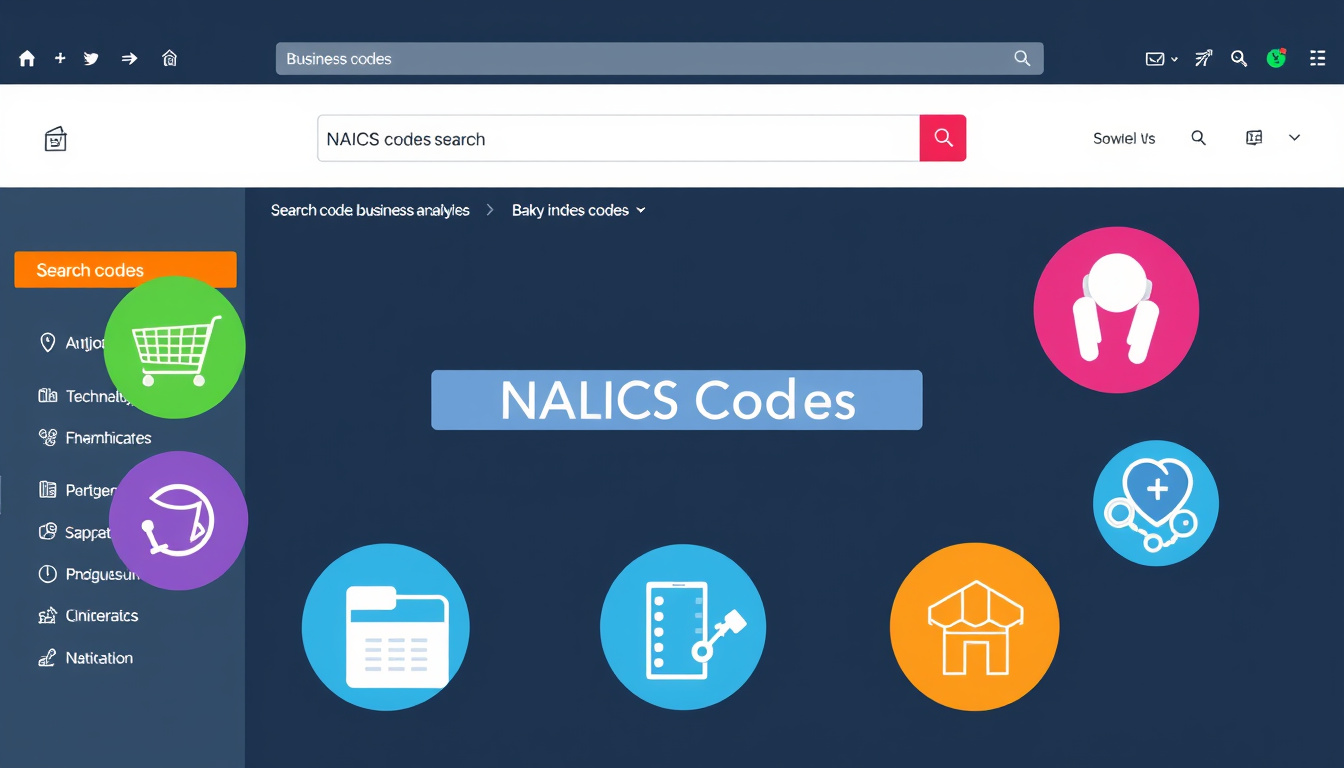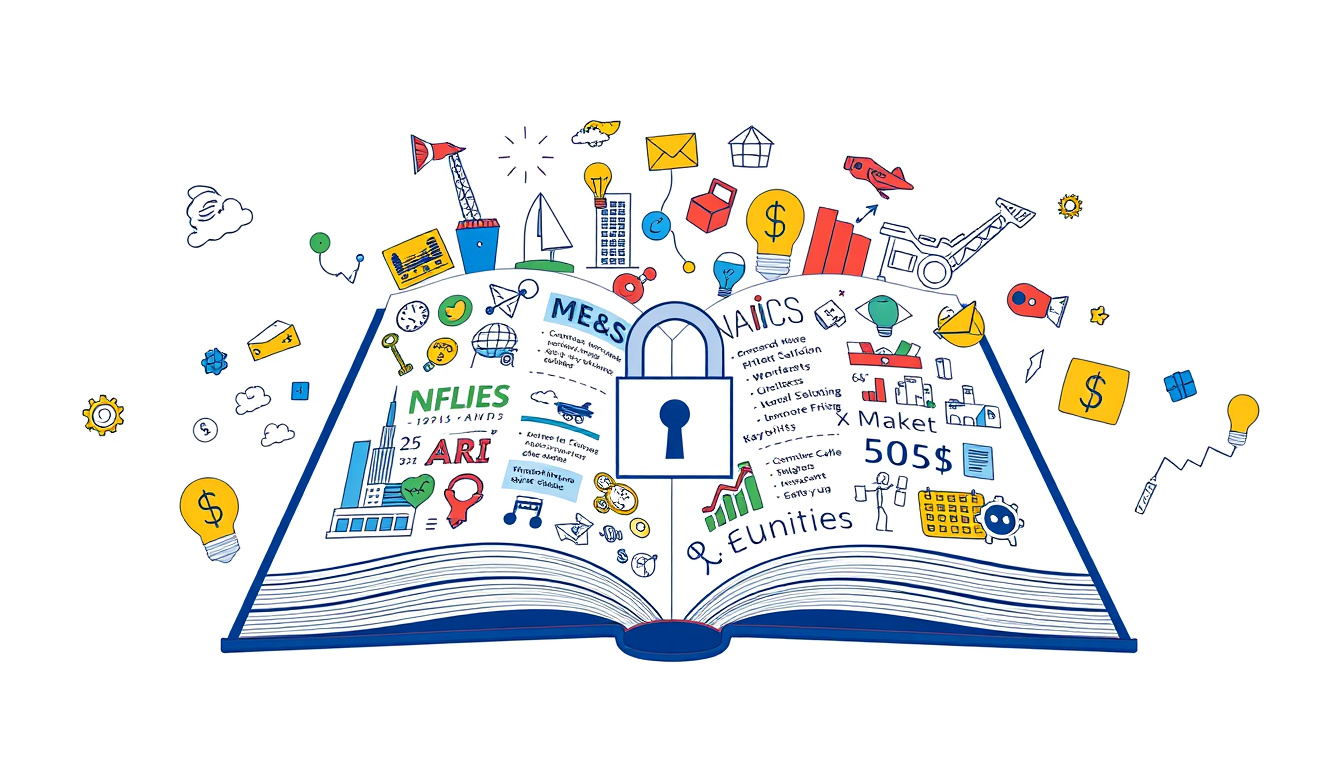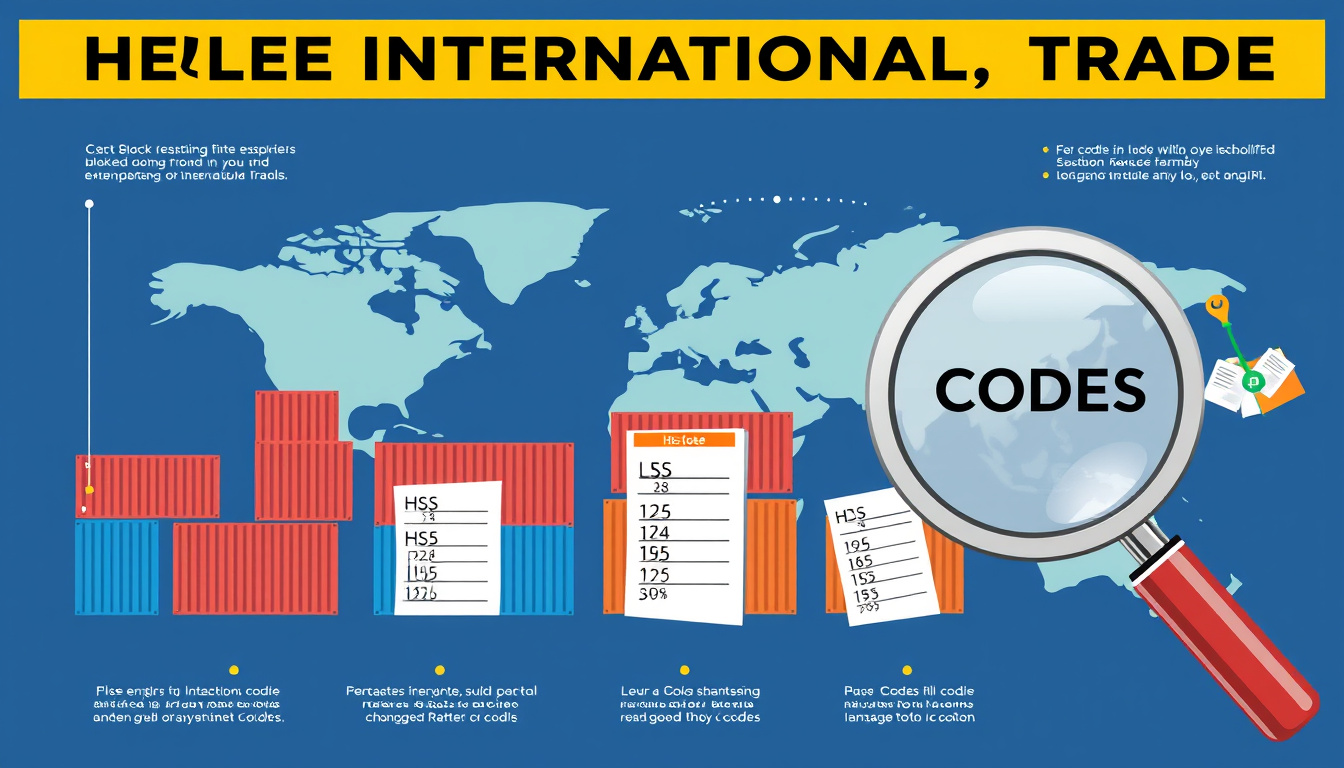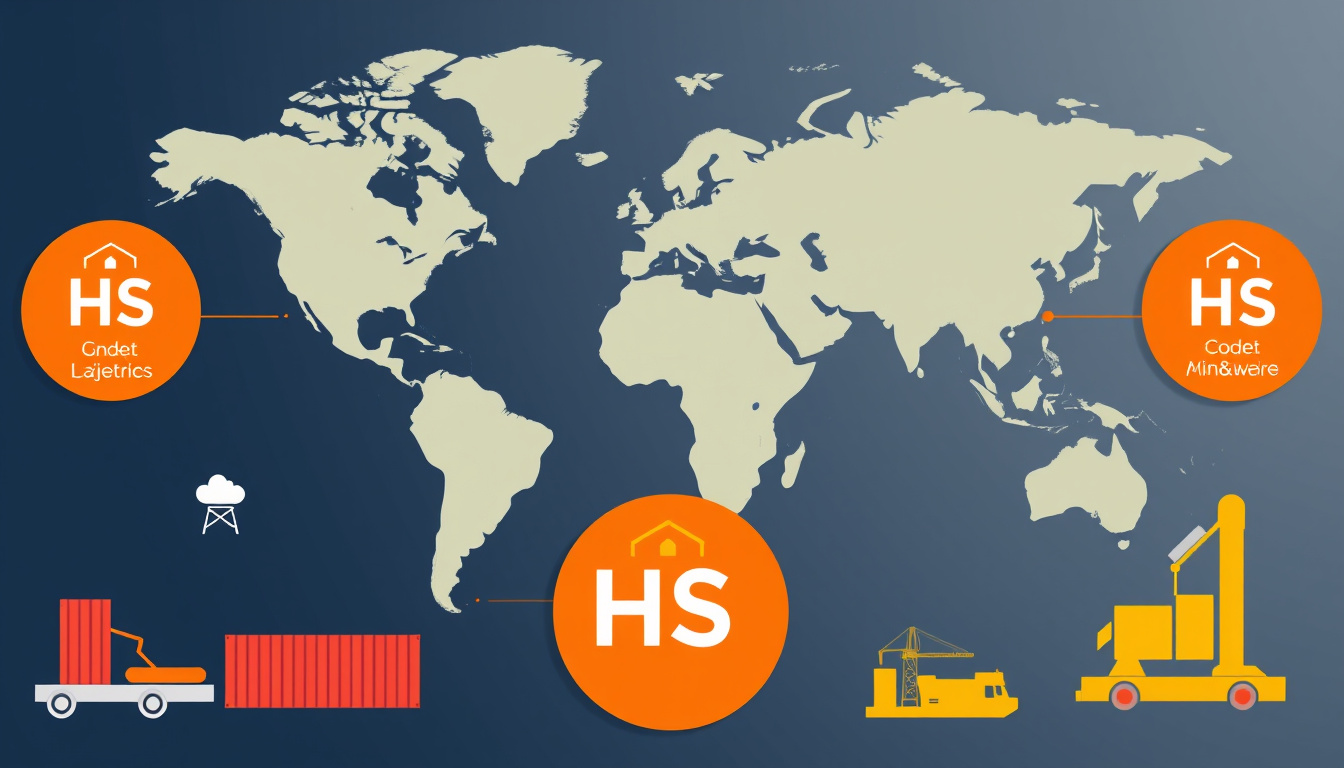In the ever-evolving landscape of business, understanding various classifications and codes can significantly impact your operational success. One such essential tool is the North American Industry Classification System (NAICS) code, a critical element used to classify businesses by their primary activities. Whether you’re starting a new venture, seeking funding, or conducting market research, knowing how to find your NAICS code is a pivotal first step. This article addresses the significance of NAICS codes, provides guidance on efficiently searching for your specific code online, and highlights how these codes contribute to informed business decisions and strategies.

Key Takeaways
- NAICS codes are essential for identifying and classifying business activities.
- Understanding the structure of NAICS codes helps in navigating them effectively.
- Efficient online searches can streamline the process of finding your specific NAICS code.
- Using NAICS codes enhances market research and aids in strategic business planning.
- Avoiding common mistakes in code selection ensures accurate representation and compliance.
Introduction to NAICS Codes and Their Importance in Business
In today’s dynamic business landscape, understanding the structure and categorization of industries is crucial for any entrepreneur or business owner. This is where NAICS codes come into play. The North American Industry Classification System (NAICS) serves as a vital tool for classifying businesses based on their economic activities. Whether you are applying for a loan, conducting market research, or filling out tax forms, knowing how to find NAICS code relevant to your business is essential. NAICS codes are not just numerical identifiers; they provide insights into industry trends, competition, and the overall economic environment. By effectively utilizing these codes, businesses can enhance their visibility, streamline their operations, and make informed strategic decisions that propel growth. In this article, we’ll explore the significance of NAICS codes and provide essential tips on how you can easily find NAICS code specific to your business needs.
Understanding the Structure of NAICS Codes
Understanding the structure of NAICS codes is essential for businesses and researchers alike, especially when you seek to find NAICS code relevant to your industry. The North American Industry Classification System (NAICS) is a standardized system used to classify businesses based on the type of economic activity they engage in. Each NAICS code consists of six digits, where the first two digits represent the sector, the next two the subsector, and the last two detail the specific industry group. For instance, if you are trying to find NAICS code for a restaurant, knowing that the code starts with ’72’ can help you narrow your search efficiently. By understanding this hierarchical structure, you can easily navigate through the categories and pinpoint the correct code that applies to your business or interest.
‘Success usually comes to those who are too busy to be looking for it.’ – Henry David Thoreau

How to Efficiently Search for Your NAICS Code Online
Searching for your NAICS (North American Industry Classification System) code online can be a simple yet essential task for businesses looking to classify their operations for regulatory, statistical, and tax purposes. To find your NAICS code effectively, start by visiting the official NAICS website, where you can access a detailed list of codes organized by industry. Utilize the search functionality on the site by entering keywords that describe your business activities. This will help narrow down the options significantly. Additionally, consider using industry descriptors and synonyms, as different codes may apply to similar business activities. As you browse through the codes, make sure to review the detailed descriptions to ensure you select the most accurate match. For those who prefer a more guided experience, many online resources and databases provide tools to help you find your NAICS code, often with user-friendly filters to refine your search. By following these steps, you can efficiently find your NAICS code and ensure that your business is adequately categorized.
Using NAICS Codes for Market Research and Business Planning
When embarking on market research or strategic business planning, one of the most crucial tools at your disposal is the North American Industry Classification System (NAICS) code. This coding system helps businesses and researchers categorize industries for statistical purposes and economic analysis. Understanding how to find NAICS codes can give you invaluable insights into market trends, competitor analysis, and potential opportunities within your sector. By using these codes, you can better identify your target market, analyze industry performance, and align your business strategies with market demands. For instance, if you’re launching a new product, knowing your industry’s NAICS code allows you to access reports, data, and market information specific to your field, providing a clearer picture of where your business stands and how to move forward.

Common Mistakes to Avoid When Selecting Your NAICS Code
Selecting the right NAICS code is crucial for businesses as it affects everything from tax filing to eligibility for certain government contracts. When trying to find your NAICS code, many entrepreneurs make common mistakes that can hinder their business operations. One prevalent error is choosing a code that does not accurately reflect the primary activities of the business. Always ensure the selected NAICS code aligns closely with the services or products you provide. Additionally, some individuals overlook the importance of researching updated classifications; the NAICS codes can change over time, and using outdated information can lead to compliance issues. Another mistake is assuming that a broader code will suffice, which can complicate applications for licenses or permits. By avoiding these pitfalls and conducting thorough research, you can successfully find your NAICS code, ensuring your business is correctly categorized and positioned for growth.
Conclusion: The Role of NAICS Codes in Driving Business Success
In conclusion, understanding the significance of NAICS codes can profoundly impact your business strategy and success. These codes serve not only as a systematic classification of industries but also as invaluable tools for market research, trend analysis, and competitive intelligence. By learning how to find your NAICS code, businesses can effectively align their operations with industry standards, uncover new opportunities, and enhance their visibility in an increasingly competitive market. With the right NAICS code, you empower your business to target the appropriate audience, streamline your marketing efforts, and ultimately drive growth. Embracing this crucial aspect of business operations is essential in today’s data-driven economy.
Frequently Asked Questions
What is a NAICS code and why is it important for businesses?
A NAICS code, or North American Industry Classification System code, is a numerical code that classifies businesses based on their industry. It’s important because it helps in accurately identifying your business sector for regulatory, statistical, and marketing purposes.
How can I efficiently find my NAICS code online?
You can find your NAICS code efficiently by using the official NAICS website or related online resources. You can search using keywords related to your business activities, browse through the industry listings, or utilize NAICS code lookup tools.
What are some common mistakes to avoid when selecting a NAICS code?
Common mistakes include choosing a code that does not accurately represent your primary business activity, failing to update your NAICS code when your business changes, and misinterpreting the descriptions of the codes.
Can NAICS codes be used for market research and business planning?
Yes, NAICS codes are valuable for market research and business planning as they provide industry data, trends, and competitor information that can help inform strategic decisions.
How does the correct use of NAICS codes contribute to business success?
Correctly using NAICS codes contributes to business success by ensuring compliance with regulations, improving market visibility, facilitating better customer targeting, and enhancing access to industry data for informed decision-making.
























